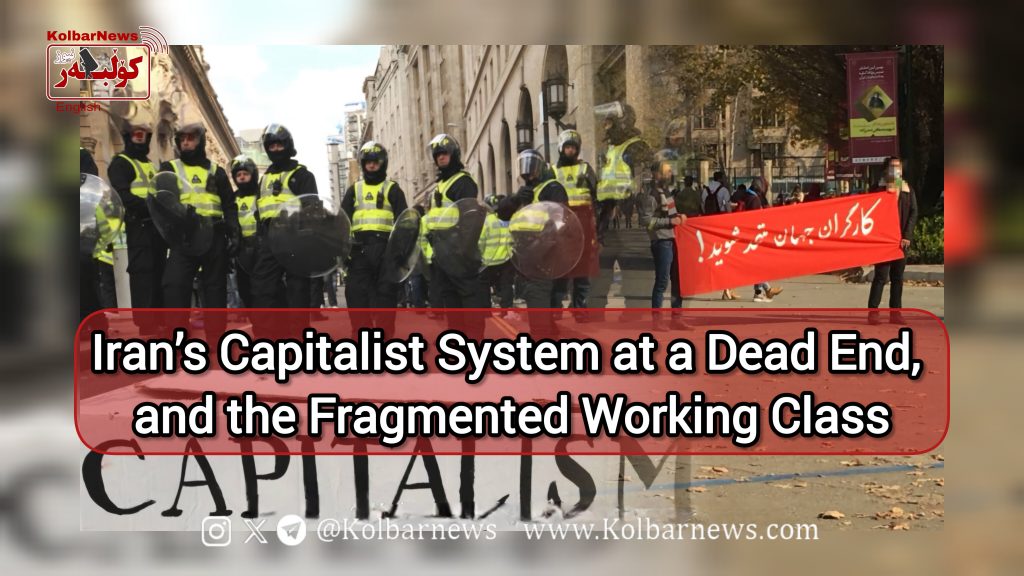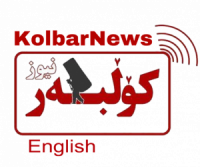
The Iranian capitalist economy, under the leadership of the Islamic government, is currently in a complete deadlock. Foreign investment, due to economic sanctions and political instability, has nearly dried up. Domestic capital, driven by market stagnation, high production costs, and lack of confidence in the future, has largely shifted towards trade and commerce. Factories and production centers controlled by the government and the IRGC are operating well below capacity due to mismanagement and financial corruption. Economic sanctions have made sourcing spare parts and manufacturing machinery difficult, forcing industry owners to rely on intermediaries at much higher prices.
The Iranian market is saturated with Chinese goods sold at prices much lower than domestic products, stripping local industries of their competitive edge. Today, nearly everything in Iran—be it prayer beads, women’s hijabs, or ready-made tombstones, as well as industrial and consumer goods—is imported from China at lower prices than locally produced equivalents. In fact, some Iranian capitalists have even learned to produce these goods using cheap labor in China and import them to Iranian markets.
The Islamic Republic has no viable means to escape this deadlock and ensure its own survival other than opening its doors to global capital and creating favorable conditions for capitalist operations within Iran. However, providing such conditions is tightly linked to the regime’s foreign policy crises, internal security concerns, and restrictive Islamic laws. The regime still resists adopting international anti-money laundering and counter-terrorism financing standards, commonly known as FATF, which alone—alongside numerous other stances the regime refuses to alter—blocks the path for integrating Iran’s capital into the global market. Hence, the Islamic Republic’s economic crisis is fundamentally a political crisis, requiring a political solution at its core.
However, the regime finds itself trapped in a vicious cycle when it comes to pursuing any real solution to this crisis. For one, implementing such a policy would require, at minimum, normalizing relations with Western governments, freeing itself from economic sanctions, and then overcoming internal political crises and conflicts over different survival strategies. The regime would also need to legally and practically remove barriers to foreign investment and its partnership with domestic capital by aligning its laws with the global capitalist system’s standards of trade and commerce.
On the other hand, the regime, having “regulated” its relationship with most Iranians through brutal repression, imprisonment, torture, executions, and imposing the most reactionary laws, fears that a popular uprising may not allow it the opportunity to implement such a gradual economic transition. While integrating Iran’s economy into the global market would lead to a revitalization of the Iranian capitalist economy, the regime is more worried about the confrontation with a working class and people who would grow under such circumstances. It fears those who came close to toppling it in the “Jina” revolution.
While Iran’s capitalist system is mired in a political and economic crisis, the lives and livelihoods of the working class are deeply affected by this crisis. The working class faces its own form of crisis, whether during economic booms or recessions. In recessions, capitalists lay off workers and then regain their prosperity by intensifying exploitation. Workers are sacrificed both in the “weddings” and “funerals” of the capitalists.
For capitalists, a closure in one sector often means the beginning of activity in another. For workers, however, the closure of a factory means their entire livelihood and that of their families is at risk. While capitalists and their governments seek ways out of the crisis and draw on advice from their international institutions, why should workers sit idly by, waiting for the capitalists’ crisis to end?
The Islamic Republic’s main barrier to resolving its economic crisis is fundamentally political, while the primary crisis facing Iran’s working class is economic misery, compounded by a lack of unity and awareness of its historical power as a class.
The Islamic Republic’s economy could potentially escape its current deadlock through comprehensive political, economic, and legal adjustments that would allow full integration into the global capitalist market, linking its interests to the fluctuations of global capital. For the working class, the path to resolving their own crisis lies in building class-based organizations, gathering around a capable political party, and drawing on the experience and global solidarity of workers.

